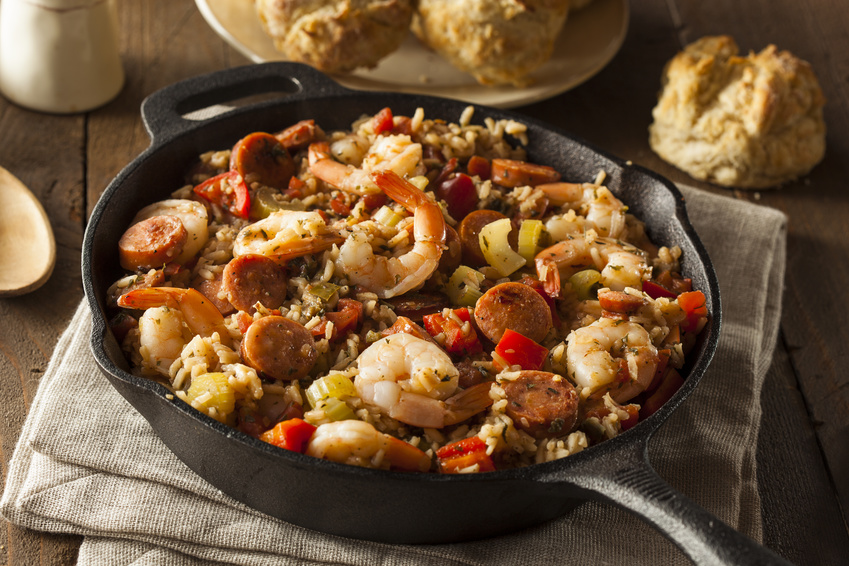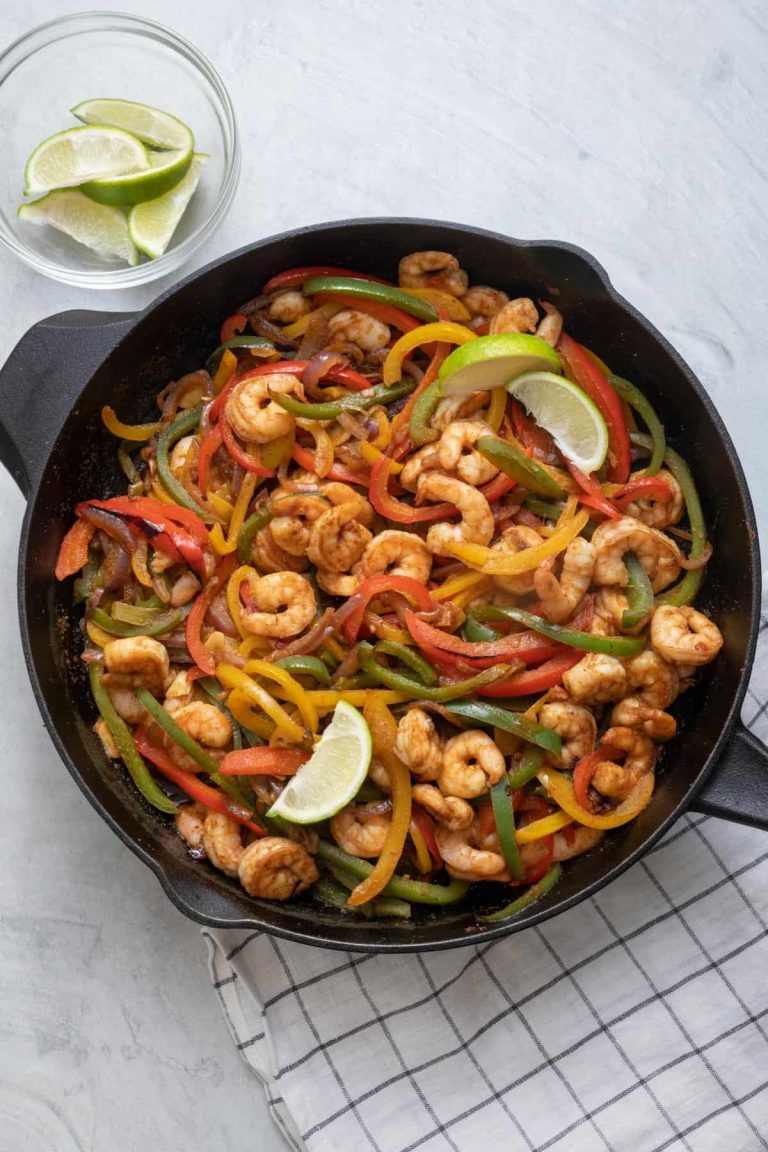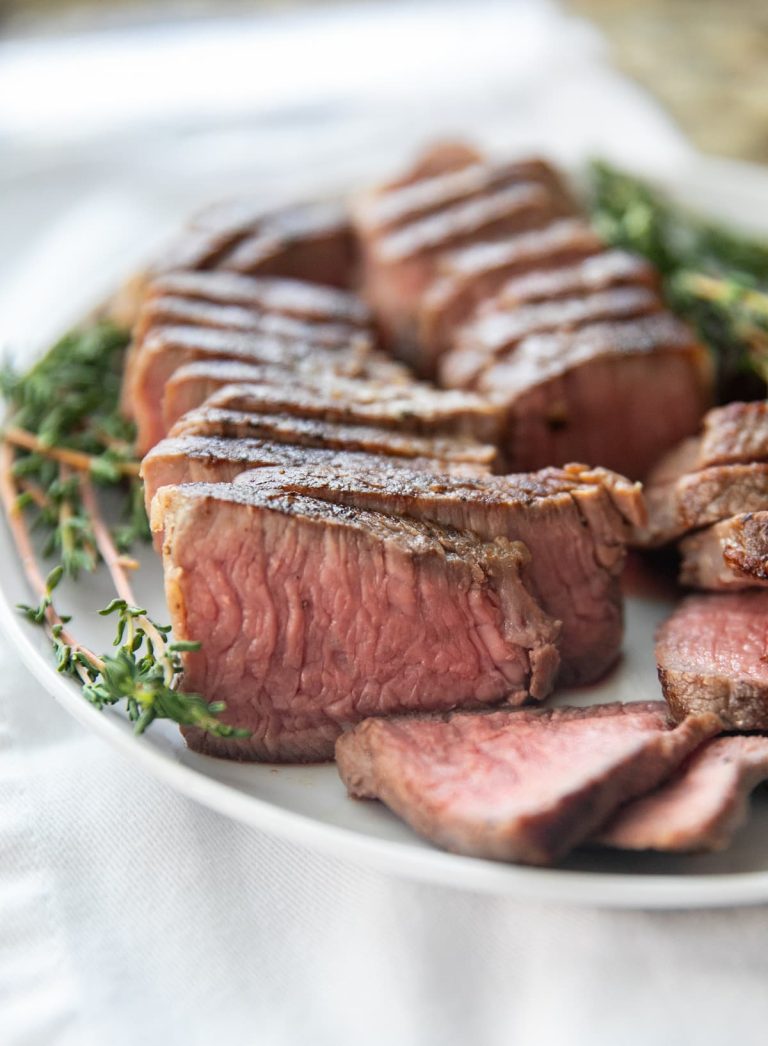Cajun Boudin: Explore Its Rich History, Flavorful Recipes, and Cultural Significance
French settlers contributed significantly to Cajun cuisine, including boudin. In the 18th century, Acadians from France brought their culinary traditions to Louisiana. Boudin blanc, a type of white sausage, emerged during this period, made with pork and was a staple in French cooking. You can trace many aspects of Cajun boudin back to this heritage. With local adaptations, the French influence remained integral, blending native ingredients and practices.
The Adoption in Cajun Culture
Cajun culture adopted and transformed French culinary techniques to suit local Louisiana produce and conditions. By incorporating rice, a readily available staple, into French-style sausages, Cajun cuisine gave birth to a unique variant: Cajun boudin. This adaptation reflects the resourcefulness and creativity of the Cajun people. In your exploration of Cajun boudin, you’ll notice how the local culture and environment shaped its evolution into a distinct culinary tradition.
Key Ingredients in Cajun Boudin
Importance of Rice and Pork
Rice and pork form the backbone of Cajun boudin. Pork shoulder is typically used for its balance of fat and lean meat. Cook the pork until tender. Then, combine it with cooked rice to create the primary filling. The rice acts as a binding agent, ensuring the mixture holds its shape inside the sausage casing. This combination also provides a rich texture and flavor that characterizes Cajun boudin.
Seasonal Herbs and Spices
Seasonal herbs and spices give Cajun boudin its distinct flavor profile. Green onions, parsley, and bell peppers are commonly added. Use cayenne pepper, black pepper, and garlic to introduce heat and complexity. The result is a savory sausage with a depth of flavor unique to Cajun cuisine. Fresh ingredients enhance the taste, making each bite a true representation of Louisiana’s culinary heritage.
Cooking Techniques for Cajun Boudin
Traditional Preparation Methods
Cajun boudin traditionally uses a mix of pork and rice, seasoned with a blend of spices. To start, cook pork shoulder with onions, bell peppers, and garlic until tender. After that, finely chop the cooked pork and mix it with cooked rice and seasoning. Use about 2 parts cooked pork to 1 part rice. Next, stuff the mixture into natural pork casings using a sausage stuffer. Steam or gently simmer the sausages until they’re thoroughly cooked, which usually takes about 20 minutes. Avoid boiling, as this can cause the casings to burst.
Modern Variations
Modern variations of Cajun boudin often incorporate different meats and cooking methods. For example, some recipes use seafood like shrimp or crawfish. Others might use poultry, like turkey or chicken, as a leaner option. For a smoky flavor, try grilling boudin over medium heat for 10-15 minutes, turning occasionally. Another popular method is baking, which involves placing the sausages on a baking sheet and cooking them in a 350°F oven for 25-30 minutes. Experiment with different herbs and spices to create unique flavors. Some prefer adding wine or beer to the cooking liquid for added depth.
Serving and Enjoying Cajun Boudin
Typical Side Dishes
Pair Cajun boudin with flavorful side dishes to enhance your meal. Traditional accompaniments include crackers and mustard, providing a satisfying crunch and tang. Coleslaw, with its fresh crunch, balances the richness of the sausage. Potato salad offers a creamy contrast, while pickles add a delightful acidity.
For a heartier spread, consider serving boudin with red beans and rice. The earthy flavor of red beans complements the spices in boudin. Cornbread, another popular choice, adds a sweet and savory element. Grilled vegetables, such as bell peppers and onions, offer a lighter, nutritious option.
Occasions and Celebrations
Cajun boudin often features in various social gatherings and festive events across Louisiana. Family reunions provide a perfect setting to share boudin, reminiscent of cherished family recipes. Tailgate parties celebrate sports events with an array of flavorful dishes, boudin often taking center stage.
Mardi Gras celebrations include boudin among an array of festive foods, embodying the lively spirit of the event. During festivals, like the Boudin Festival in Scott, Louisiana, you’ll find boudin served in diverse forms, showcasing local culinary innovation. Whether it’s a casual get-together or a large cultural festival, boudin enhances the culinary experience.
Conclusion
Cajun boudin isn’t just a dish; it’s a flavorful journey steeped in history and tradition. Whether you’re savoring it at a lively Mardi Gras parade or a cozy family reunion, boudin offers a taste of Louisiana’s rich cultural tapestry. Its unique blend of ingredients and spices creates a culinary experience that’s both comforting and exciting. So next time you’re looking for a dish that brings people together and tells a story, reach for Cajun boudin. It’s more than food; it’s a celebration of heritage and community.






